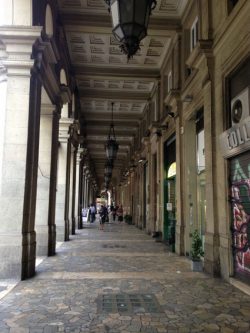 ITALIANS love to pin nicknames on their favourite cities like Rome, Venice and Naples – so it says much about Bologna, the pride of northern Italy’s Emilia-Romagna region, that it can boast at least three.
ITALIANS love to pin nicknames on their favourite cities like Rome, Venice and Naples – so it says much about Bologna, the pride of northern Italy’s Emilia-Romagna region, that it can boast at least three.
There’s ‘La Dotta’, the learned one, a reference to its great university, founded in 1088, the oldest in the world, and whose thousands of students greatly enrich the city’s cultural life.
Then there is ‘La Grassa’, the fat one, a tribute to Bologna’s world-famous cuisine, which has given the city its reputation as the nation’s food capital.
The third nickname is ‘La Rossa’, the red one: originally it referred to the colour of the rooftops in Bologna’s historic centre, but the name also identifies the communist upsurge that began after World War Two.
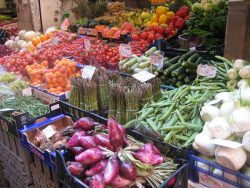 My recent brief visit to Italy’s seventh largest city was my third in recent years and further reinforced my deep affection for the place. It is handsome, distinctive, lively and, like a good Italian dish, achieves the perfect blend of all the ingredients.
My recent brief visit to Italy’s seventh largest city was my third in recent years and further reinforced my deep affection for the place. It is handsome, distinctive, lively and, like a good Italian dish, achieves the perfect blend of all the ingredients.
Bologna’s history stretches back 3,000 years, but it is thanks to its Roman heritage that its central streets, now mainly pedestrianised, take the grid pattern of traditional Roman settlements.
Its compact heart makes Bologna a very walkable city, a fact helped by its 24 miles of elegant colonnades, or porticos; on rainy days they make it possible to walk long distances without getting wet.
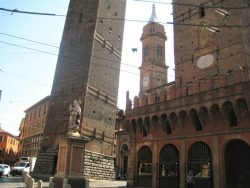 The city is also known for its medieval towers, the most famous of which are the central ‘Due Torri’ – Asinelli and Garisenda – which are among Bologna’s best-known landmarks.
The city is also known for its medieval towers, the most famous of which are the central ‘Due Torri’ – Asinelli and Garisenda – which are among Bologna’s best-known landmarks.
Most imposing of all, perhaps, are the two squares that effectively form the city’s heart, Piazza Maggiore and Piazza del Nettuno, the former featuring the spectacular Basilica di San Petronio and the latter a glorious 16th century fountain of Neptune – under wraps for repair work during my visit.
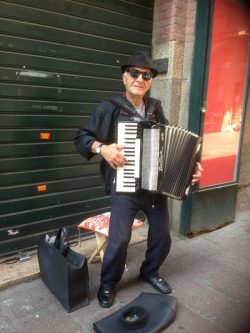 Bologna’s strategic importance as an industrial and railway hub connecting northern and central Italy made it a much-bombed strategic target for the Allied forces during the war, when it became a centre of the Italian resistance movement.
Bologna’s strategic importance as an industrial and railway hub connecting northern and central Italy made it a much-bombed strategic target for the Allied forces during the war, when it became a centre of the Italian resistance movement.
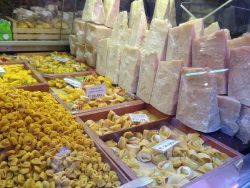 In post-war years, Bologna became a thriving industrial centre as well as a political stronghold of the Italian Communist Party. In the 1970s it was the scene of rioting and in 1980, a terrorist bomb killed 85 people in the central railway station.
In post-war years, Bologna became a thriving industrial centre as well as a political stronghold of the Italian Communist Party. In the 1970s it was the scene of rioting and in 1980, a terrorist bomb killed 85 people in the central railway station.
Nowadays Bologna is a confident, well-heeled city, home to numerous cultural, economic and political institutions. In 2000 it was declared European capital of culture and in 2006, a UNESCO city of music. In 2011 it ranked first out of 107 Italian cities for quality of life.
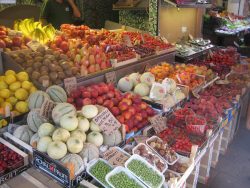 Bologna is easily accessible from the UK, a fascinating destination in its own right and a good jumping-off point for countless other places of interest, such as Parma, Padua, Modena and Ravenna.
Bologna is easily accessible from the UK, a fascinating destination in its own right and a good jumping-off point for countless other places of interest, such as Parma, Padua, Modena and Ravenna.
It’s a fair bet that Bologna’s next nickname may be ‘L’attrazione turistica’ – the tourist attraction.
Dave Eidlestein
Pictured: Piazza Maggiore; rooftops and some of the famous towers; some of the miles of colonnades in the old city; scenes in Bologna’s wonderful food markets,